
Guide to Claiming Damages and Assessing Vehicle Damage After an Accident
POST CONTENT
A Complete Guide to Claiming Compensation and Assessing Vehicle Damage After a Traffic Accident
Why is damage assessment crucial after a collision?
Assessing vehicle damage is the first and most important step after a traffic accident. It not only helps determine repair costs but also ensures the vehicle is safe for further use.
Key reasons for damage assessment:
- Identifying damages: A technical inspection reveals external and internal damages, as well as potential mechanical failures.
- Safety: Ensuring your vehicle is in proper condition reduces the risk of future accidents.
- Fair compensation: Accurate assessments allow insurance companies to determine appropriate compensation for material and non-material damages.
How does the vehicle damage assessment process work?
Damage assessment involves a detailed inspection of the vehicle, evidence collection, and report preparation. Here’s the standard procedure:
- Visual inspection: A technician examines external damages, such as dents, scratches, and broken parts.
- Diagnostic tests: The car’s computer is connected to diagnostic tools to detect internal issues.
- Documentation: Photos of the damage, records of previous repairs, and estimates from other service centers contribute to a more accurate report.
- Report preparation: An assessor prepares an independent report with a list of necessary repairs and cost estimates.
Steps for filing an accident claim:
- Gather details about the accident:
- Record the date, time, and location of the accident.
- Collect information about individuals and vehicles involved (if available).
- Take photos of the accident scene and damages.
- Prepare witness information (if any).
- Keep the police report (if available).
- Contact your insurance provider:
- Call your insurance company’s customer service number or use their online portal to file a claim.
- Reach out to assessor Asim Mrković for additional information.
How and who determines the compensation amount?
When filing a claim for damages caused by a traffic accident, the insurance company evaluates the damage based on its internal rules and methodologies. However, the estimated amount often falls short of the actual damage value. The actual damage amount is usually determined later by an expert in the relevant field, whose assessment can significantly differ from the insurer’s estimate.
If there is a discrepancy between the estimated and actual damage, the injured party has the right to claim the difference through legal means. In such cases, the final compensation amount is determined based on evidence and expert evaluation.
Do I have the right to appeal the compensation amount?
After the court issues a ruling and determines the compensation amount, you can appeal if you believe the awarded sum is insufficient to fully cover the damage incurred. The appeal process allows for a reassessment of the decision, which could lead to an adjustment of the amount in your favor.
Why aren’t insurance companies the ideal choice for compensation claims?
Insurance companies often offer payouts lower than the actual damage value, whether it involves vehicle damage, lost income, or non-material damages such as physical and emotional suffering. Their calculations typically favor the insurer, potentially putting the injured party at a disadvantage.
This is why it’s crucial to consult a specialized damage assessor like Asim Mrković. He can analyze your case and determine the true compensation you’re entitled to. This approach ensures you avoid being shortchanged, especially in cases where insurers are unwilling to cover certain types of damages, such as emotional distress.
What does a complete damage assessment and compensation service include?
- Claiming compensation without repairs:
- If you wish to claim compensation without repairing the vehicle, the expert team will help secure fair reimbursement.
- Repair organization:
- You can choose a repair shop or service center of your preference, while the team handles the assessment, communication with the insurance company, and scheduling the repair.
- Vehicle valuation:
- For sale: Accurate valuation ensures a better selling price.
- After repair: Proves the quality and professionalism of the repairs.
- For purchase: Neutral valuation protects you from potential issues with the vehicle.
- Advice on material and non-material damages:
- In addition to vehicle damage, you can receive compensation for personal belongings damaged in the accident (e.g., phones, bags, jewelry) or seek legal assistance for injuries.
- Claiming depreciation:
- After an accident, the vehicle’s value may decrease. The assessment team will calculate this depreciation to help you claim appropriate compensation.
What types of property damage does insurance cover?
- Vehicle repair or replacement: Costs of repair or reimbursement of the market value if the vehicle is a total loss.
- Towing costs: Transporting the vehicle from the accident scene.
- Car rental reimbursement: While your vehicle is being repaired.
- Damage to personal property: Compensation for items damaged in the vehicle.
How is a total loss determined?
If repair costs exceed a certain percentage of the vehicle’s market value, the insurance company declares it a total loss. Here’s how it’s determined:
- Total loss threshold: When repair costs reach a specific percentage of the vehicle’s value.
- Actual value calculation: A combination of repair costs, market value, and salvage value (how much the damaged vehicle is worth).
Conclusion:
To ensure fair and maximum compensation after a traffic accident, we recommend contacting assessor Asim Mrković. His expertise in damage analysis and assessment can help you avoid potential losses and secure the compensation you deserve. With precise evaluations and professional advice, every aspect of your claim will be adequately addressed and valued.
More Posts
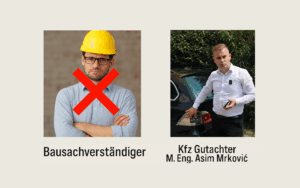
Wondering why your search for a “building surveyor in
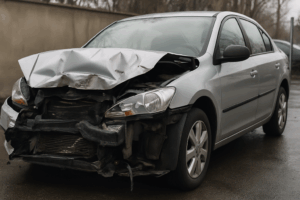
From the perspective of an independent Kfz appraiser –
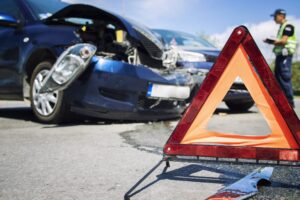
More and more drivers travel from Germany to other
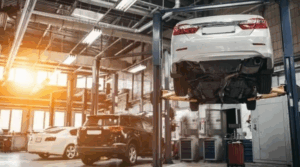
The question of where to service your car often

When you’re involved in a traffic accident, beyond the

Life often writes unpredictable stories, and one of the

The job of a damage assessor is often dynamic

When a traffic accident occurs, one of the key

When a traffic accident occurs and a vehicle is
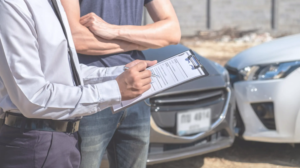
We have all been in the unfortunate situation where